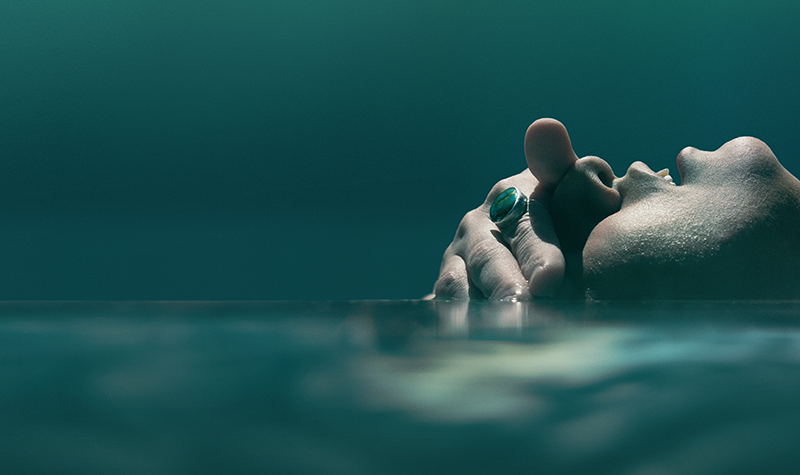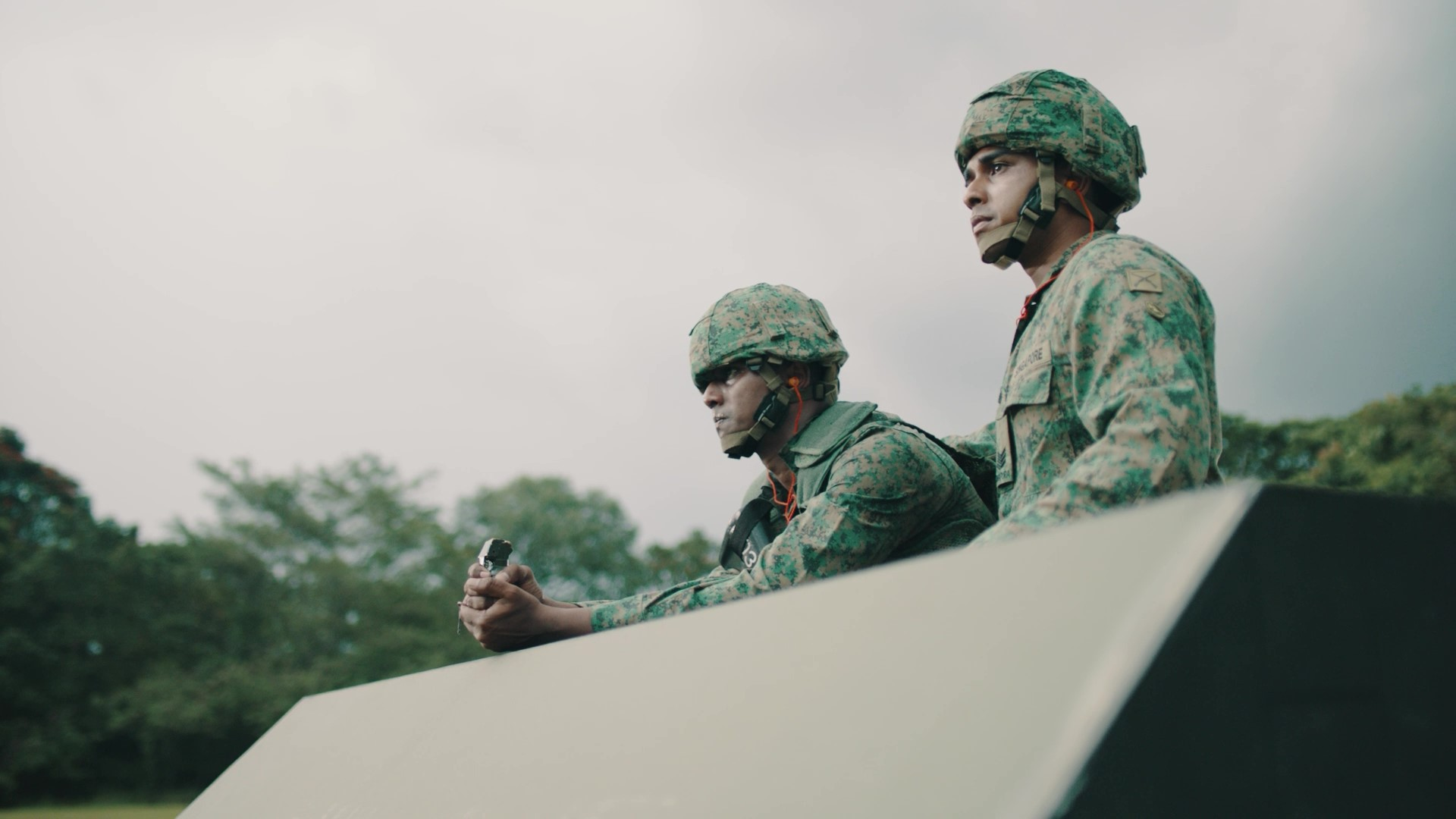What was it like putting your first feature together?
I spent half a year writing and developing the film before pre-production and the entire film took two years of my life. Making a feature film takes so long that by the time you exhibit it, some of the ideas and sensibilities you had while making it have changed.
Is it hard to find a balance between a film that will be commercially successful and something that would be considered an art film?
The commercial aspect of filmmaking is important because you have to be sustainable so you can continue to make your next film. When I made Red Dragonflies, I wasn’t thinking about the box office or about audience reception, but more about preserving images of a place that is disappearing very quickly. I always make my film first, and then try to find an audience for it. Some people think of it as selfish, but I think that if everyone makes movies that everyone loves to watch, there’s really no meaning to it.
Why do you think it’s important to capture Singapore’s disappearing side?
It’s important on a personal level because those are my own memories, and there’s a desire to capture it before it’s gone. I wouldn’t deny that there’s an overwhelming sense of nostalgia—but I also want to think of the film as a way of looking forward. Old things will disappear, but at the same time, new things will become old—it’s a cyclical process, it’s just life, and in life, things have to go.
Tell us about your next project.
The working title is “There Was Once a Mountain.” It’s a period film stretching from the early 70s to present day. It’s a historical film documenting how Singapore has changed across 40 years of time through the eyes of a family.
Where do you see yourself in the Singapore film scene?
I see myself as just another independent filmmaker. I’m very fortunate that my first film had some degree of success, but I see myself as someone still developing his craft and still learning.
Watch Red Dragonflies at Filmgarde Iluma, 5/F Iluma, 201 Victoria St., 6835-9087.





